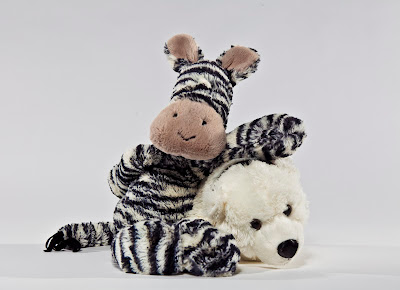The Magazine:
i-D is a British magazine dedicated to fashion, music, art, youth culture and
different issues around the central theme of identity. i-D was founded by
designer and former Vogue art director
Terry Jones in 1980. Over the years the
magazine evolved into a mature glossy but it has kept street style and youth
central to every issue.
Tipped on its side, the "i-D" typographic logo reveals a winking smiley. Most issues of i-D magazine have featured a winking cover model.
The magazine is known for its innovative photography and typography, and over the years established a reputation as a training ground for fresh talent. The magazine pioneered the hybrid style of documentary/ fashion photography called ‘The Straight Up’. At first, these were of punks and New Wave youth found on English streets and who were simply asked to stand against any nearby blank wall. The resulting pictures—the subjects facing the camera and seen from "top to toe"—are a vivid historical documentary photography archive, and have established the posed "straight up" as a valid style of documentary picture-making.
Photographers :
- Nick Knight,
- Wolfgang Tillmans,
- Juergen Teller,
- Terry Richardson,
- Ellen von Unwerth,
- Kayt Jones
Analysis for Preperation:
The issues have developed but retained 'core mantra' : 'Originate, don't imitate'
Essentially it seems that there is a dominant light from one side and slightly from above, which is modeling the shadows. For shadows are gradient and soft, it must've been soft box light or beauty dish. Also, face is lit the brightest, perhaps using white or golden reflectors.
The background is not overcomplicated, and grey or white colorama is used. Some pictures use ‘screen’ or postproduction techniques to partly obscure the image. Most of the times, models are dressed in bold clothing,often limited to black and white pallet.
It can be noticed that the image is complimented with lots of geometrical shapes to tie the image together (For example a reflection of the mode on the wall, which reaches to the end of frame) and direct the eye of the viewer towards model’s face ( hand towards the face, décolleté as a frame for the face).
To keep the photo-shoot guided, I have gathered some pose references for the model from i-D magazine history images.
The pose references and Example images of i-D issue work as moodboards for the fashion shoot
To end the analysis, it seems that i-D’s shooting style and approach resembles that of Brassai’s : full of soft gradient light, tonal values. I’D’s photography quite often goes with desaturated or almost desaturated imagery.
And one particular image of Edward Steichen:





































